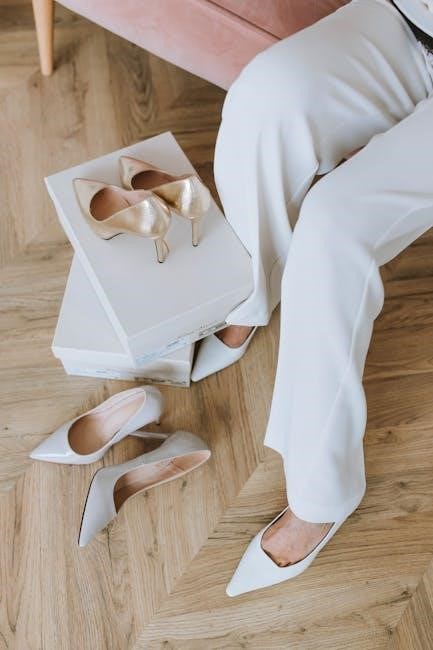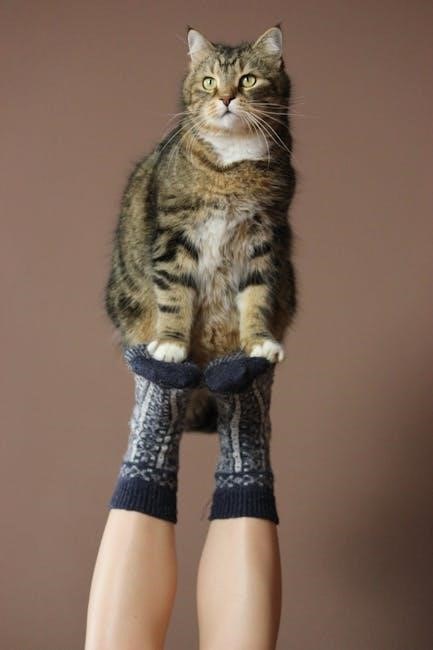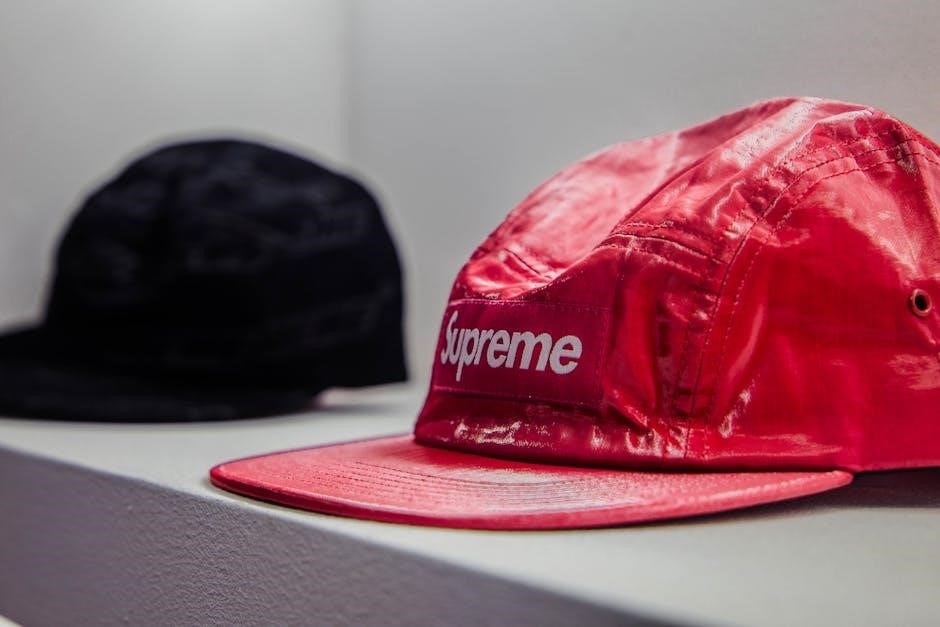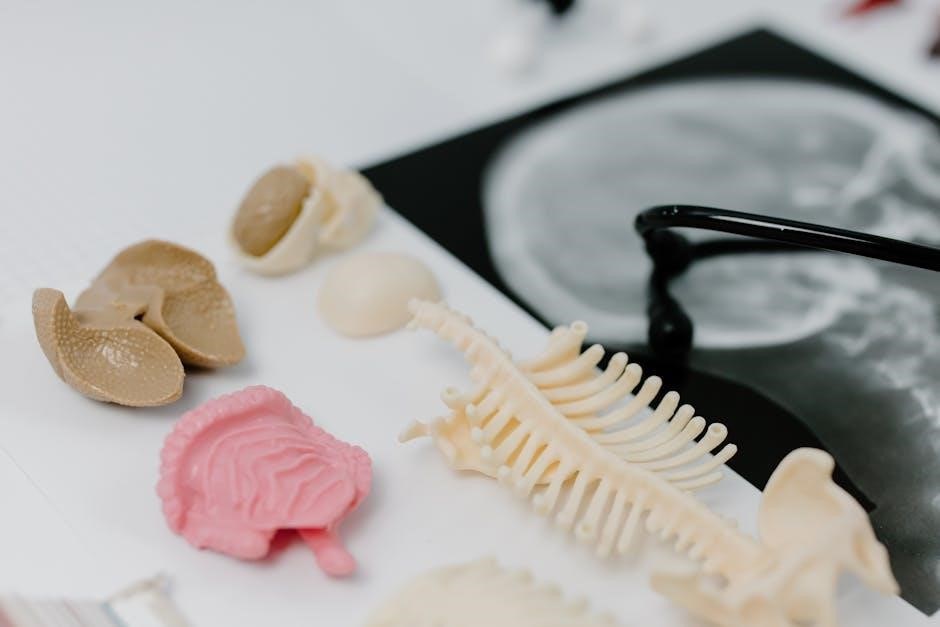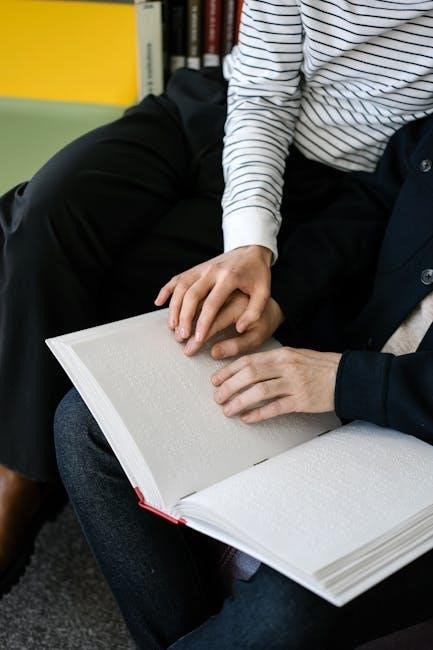A presser foot is a crucial sewing machine attachment that holds fabric in place, ensuring precise stitching and versatility in various sewing projects. Essential for achieving professional results in sewing.
1.1 What is a Presser Foot?
A presser foot is a essential sewing machine attachment designed to hold fabric firmly in place during sewing. It is typically made of metal or durable plastic and is attached to the machine’s shank. The presser foot works in conjunction with the feed dogs to ensure smooth fabric movement and even stitching. Different types of presser feet are available to accommodate various fabrics, tasks, and sewing techniques, making them adaptable for projects ranging from delicate garments to heavy-duty materials.
Its primary function is to maintain consistent fabric tension, preventing slippage and bunching. This ensures precise stitch formation and professional-quality results, whether sewing straight lines, zigzag patterns, or intricate designs.
1.2 Importance of Presser Feet in Sewing
Presser feet are indispensable in sewing as they ensure precise fabric control, preventing slippage and bunching during stitching. They play a vital role in achieving professional-quality results by maintaining consistent tension, which is crucial for even stitch formation. Different presser feet are designed for specific tasks, such as zippers, buttonholes, or quilting, allowing sewists to handle a wide range of fabrics and projects with ease. Their versatility enhances sewing efficiency and creativity, making them a must-have for both beginners and experienced sewists. By using the right presser foot, sewer’s can achieve accurate and professional finishes, ensuring their projects look polished and well-crafted. This makes presser feet an essential tool for any sewing machine setup.
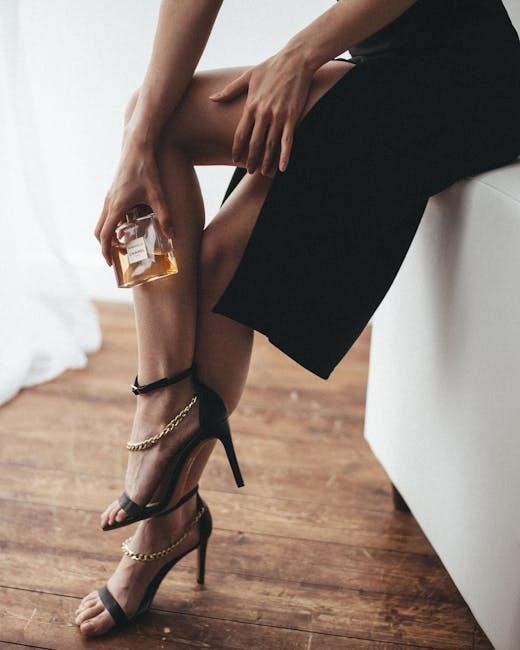
Types of Presser Feet
Presser feet vary widely, including standard, zipper, buttonhole, walking, and quilting feet, each designed for specific tasks to enhance sewing accuracy and versatility for various projects.
2.1 Standard Presser Foot
The standard presser foot is a versatile, all-purpose attachment that comes with most sewing machines. It is designed for general sewing tasks, such as straight stitching and zigzag stitching, making it ideal for everyday use. This foot holds the fabric firmly against the feed dogs, ensuring even feeding and preventing slippage. It is suitable for a wide range of fabrics, from lightweight cotton to heavier materials like denim. The standard presser foot is a must-have for any sewer, providing reliability and consistency in various projects. Its simplicity and effectiveness make it an essential tool for both beginners and experienced sewists alike.
2.2 Zipper and Buttonhole Presser Feet
Zipper and buttonhole presser feet are specialized attachments designed for precise stitching in specific tasks. The zipper foot is narrow, allowing sewists to sew close to zippers without interference, ensuring neat and professional results. It is ideal for installing zippers in bags, garments, and home decor items. The buttonhole foot, on the other hand, is designed to create perfectly aligned buttonholes with ease. Many modern machines pair this foot with automatic buttonhole functions for consistent results. Both feet feature guides or markings to help sewists achieve accurate stitching. These presser feet are essential for projects requiring zippers or buttonholes, making them indispensable for sewists aiming for professional-looking finishes. Their unique designs ensure stability and precision, making intricate tasks simpler and more efficient.
The walking foot and quilting presser feet are essential for handling thick fabrics and multiple layers. The walking foot, also known as the even feed foot, moves the fabric smoothly under the needle, preventing bunching or dragging. It is ideal for quilting, sewing leather, and heavy-duty projects. The quilting foot is designed for precise stitching and is often used with a guide for consistent seam allowances. Both feet enhance control and accuracy, making them indispensable for quilters and sewists working with challenging materials. Their unique mechanisms ensure even fabric feeding, reducing the risk of fabric slippage and ensuring professional-quality results. These specialized feet are must-haves for anyone tackling complex or large-scale sewing projects, offering unparalleled stability and precision. They are perfect for creating intricate quilts, home decor, or heavy-duty garments with ease and accuracy. Selecting the right presser foot involves understanding your fabric type, project needs, and machine compatibility. Match the foot to your task for optimal sewing results and ease. Choosing the right presser foot begins with understanding your fabric type and project needs. For example, delicate fabrics like silk or chiffon require a specialized foot to prevent damage. Heavy fabrics, such as denim or leather, need a sturdy foot for smooth feeding. Projects like quilting benefit from feet designed for precision, such as the walking foot or quilting foot. Additionally, decorative stitching may require a foot with a guide or edge-leading feature. Assessing the thickness, texture, and desired outcome helps match the fabric to the right foot, ensuring even feeding and professional results. Always consider the project’s requirements to optimize your sewing experience. Ensuring the presser foot is compatible with your sewing machine is vital for proper function. Most machines use either a snap-on or screw-on attachment system. Low-shank, high-shank, or slant-shank machines require specific feet. Always check your machine’s manual to confirm compatibility. For example, Brother, Janome, and Singer machines often use snap-on feet, while others may need adapters. Using the wrong foot can damage your machine or affect stitching quality. Some universal feet fit multiple brands, but it’s best to verify compatibility before purchase. Adapters or conversion kits can expand your options. Matching the foot to your machine ensures smooth operation and optimal performance for any sewing project. Proper maintenance ensures longevity and optimal performance. Regularly clean presser feet to remove debris and store them securely. Follow machine-specific guidelines for usage and care. Cleaning and proper storage are essential for maintaining presser feet. Use a soft-bristled brush or lint roller to remove fabric scraps and thread. Avoid harsh chemicals, as they may damage the metal or plastic. Store presser feet in a protective case or pouch to prevent scratching. For added organization, use a small container with separate compartments. Regularly inspect feet for damage or wear. After cleaning, ensure they are dry before storing to prevent rust. Proper care extends the life of your presser feet and ensures optimal performance. For optimal performance, always use the right presser foot for your project. Raise the take-up lever to its highest position when changing feet. Ensure fabric edges align with the foot’s guide for consistent stitching. Adjust the presser foot pressure according to fabric thickness and type. Use the built-in guides to maintain precise seam allowances. When sewing thick materials, consider using a walking or even feed foot. Keep the presser foot and machine bed clean to prevent fabric dragging. Test settings on scrap fabric before starting your project. Regularly check for updates or accessories from your machine’s manufacturer. Proper alignment and adjustment ensure smooth stitching and professional results.2.3 Walking Foot and Quilting Presser Feet
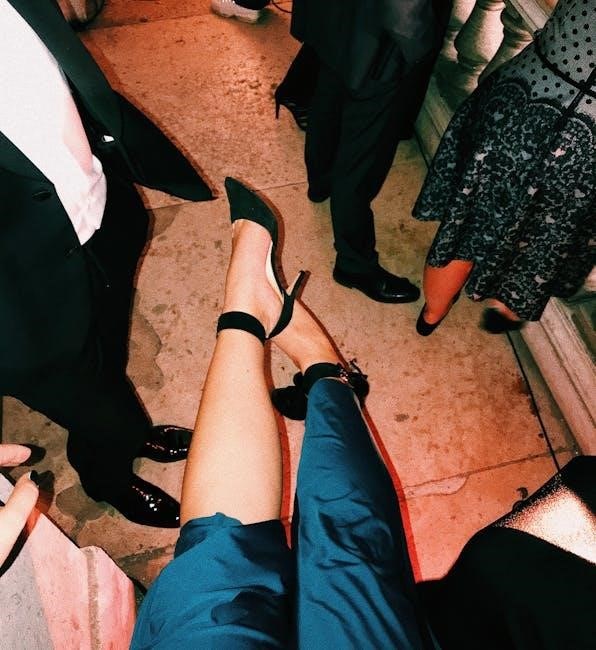
How to Choose the Right Presser Foot

3.1 Understanding Fabric and Project Requirements
3.2 Compatibility with Your Sewing Machine
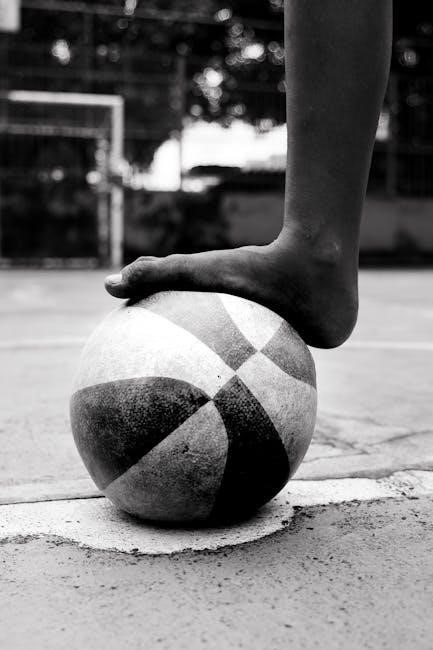
Maintaining and Using Presser Feet
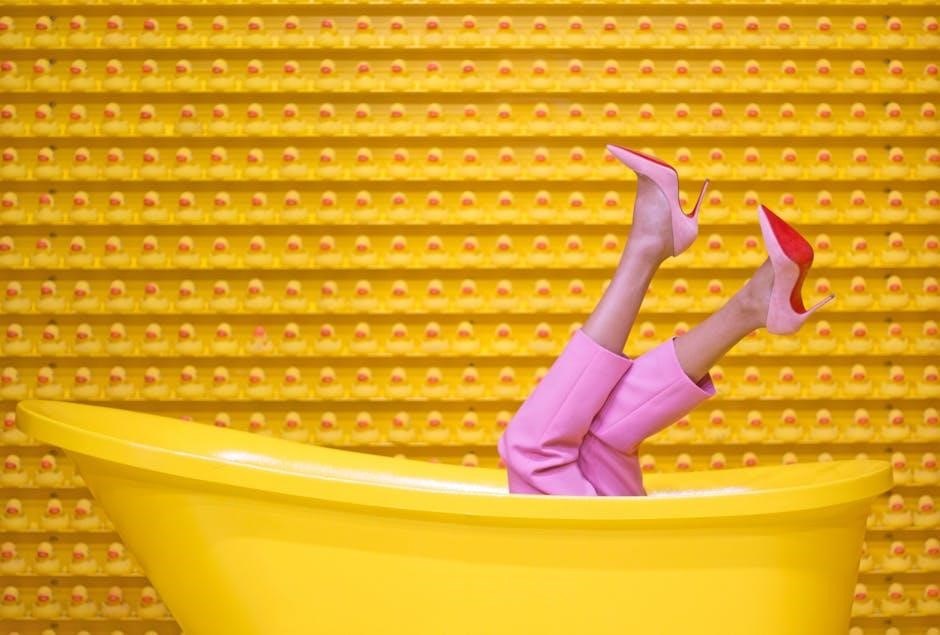
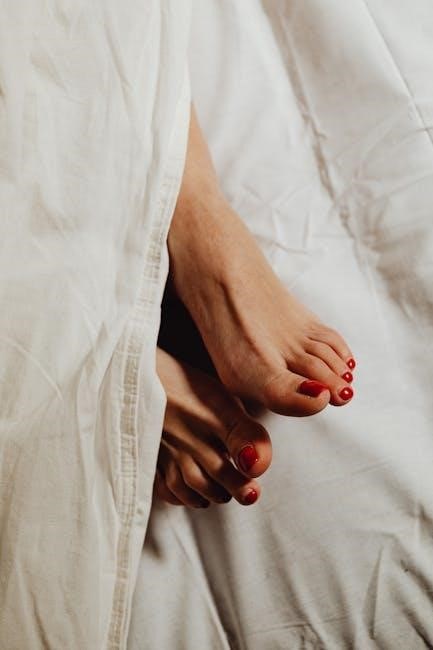
4.1 Cleaning and Storing Presser Feet
4.2 Tips for Optimal Performance
